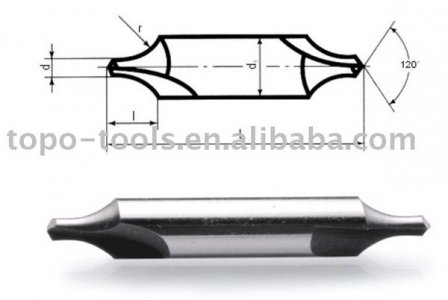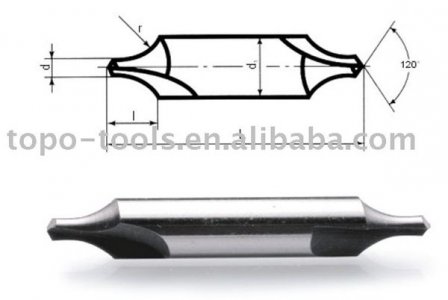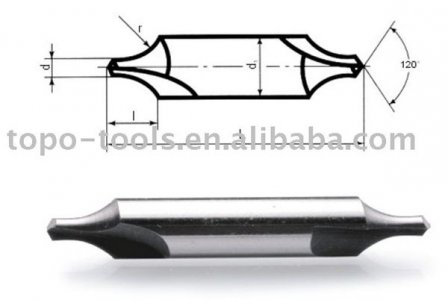Ok here goes my attempt at doing a demo so please be nice. Tips, corrections and constructive criticism welcome.
The advantages of this method are to use of power feed for a better finish and ability to do longer tapers. A taper attachment works much better if you have one. The disadvantages for this method are time to it takes to adjust the tail stock and it can only cut very shallow angles. For steeper angles the compound rest method works better.
First and last step in this process is making sure your tail stock and head stock are properly aligned. "And before anyone brings up my miss use of terminology I call a center that has no bearings a dead center and one with bearings a live center. I think that is probably wrong but it was the way I learned it and its hard to unlearn the names."
[video=youtube_share;Tt1KMHbkj6Y]http://youtu.be/Tt1KMHbkj6Y[/video]
Once you have the lather lined up you will need to move the tail stock out of alignment by a set amount. I almost always move the tail stock toward the operator. This puts the small end of the taper pointing toward the tail stock. I then cut from tail stock toward the head stock. This puts most of the force on the head stock not the tail stock. It also means cuts get shallower not deeper as you cut. I have seen people get in trouble cutting in from the large end and guessing wrong on the depth of cut. This is especially true for the first few cuts.
The formula to figure out the amount of tail stock offset is:
Offset in inches = total length of part in inches * Taper Per Inch / 2
or
Offset in inches = total length of part in inches * Taper Per Foot / 24
Example:
Offset = ?
part length = 4.220"
TPF = .6024 (#3 Morse taper
http://littlemachineshop.com/Reference/Tapers.php)
O = 4.220 * .6024 / 24 = 2.542128 / 24 = .106"
With that number you move the tail stock and then turn between centers. This has to be done between centers. Holding one end in a chuck will not work. You get this weird curved taper thing.
[video=youtube_share;3p4kC3Fnr0c]http://youtu.be/3p4kC3Fnr0c[/video]
Here is the final part I made from the taper I cut in the video.
View attachment 31799
Its to hold a center drill for my lathe so I don't have to put one in the drill chuck every time.
Hope this helps,
Jeff




